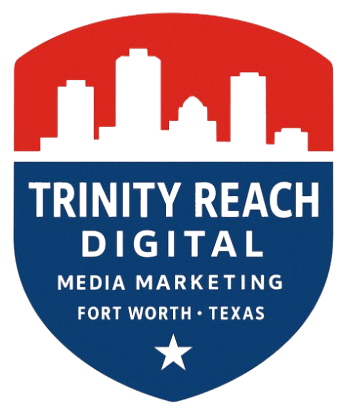Designing effective teams begins with a clear understanding of the mission and the specific skills needed to achieve it. The right mix of talents, experiences, and personalities ensures balance, diversity of thought, and adaptability in problem-solving. Each team member should have a defined role that plays to their strengths, while also leaving room for growth and cross-collaboration. Strong leadership sets the tone by communicating a shared vision, establishing measurable goals, and creating systems that keep everyone aligned and accountable. This foundation not only drives productivity but also helps prevent misunderstandings and inefficiencies that can slow progress.
Beyond structure, the heart of an effective team lies in its culture. Encouraging open communication and mutual respect fosters trust, making it easier for members to share ideas, take calculated risks, and innovate without fear of judgment. Recognizing achievements—both individual and collective—helps maintain motivation and a sense of ownership in the team’s outcomes. Providing ongoing training, tools, and feedback ensures that members continue to develop professionally while strengthening the group’s overall capability. When these elements come together, a team becomes more than just a collection of individuals—it becomes a cohesive, high-performing unit capable of achieving remarkable results.
What do you think?



